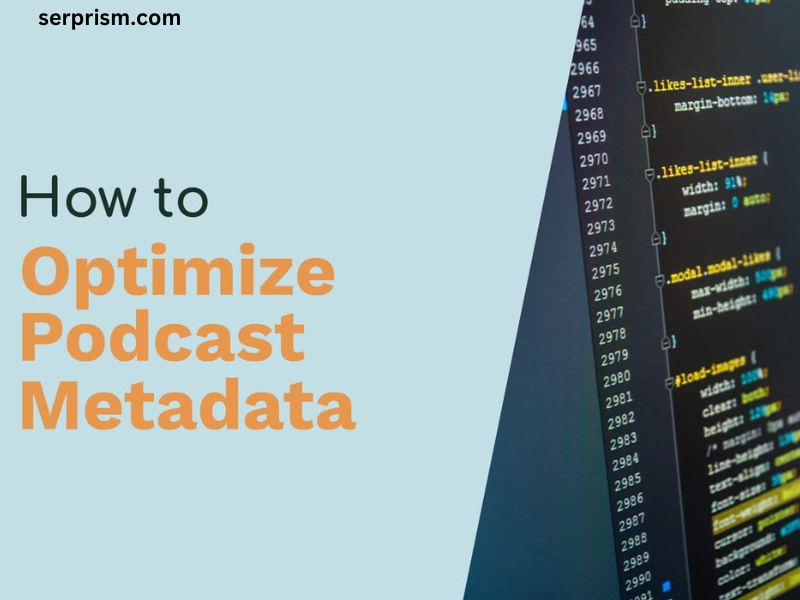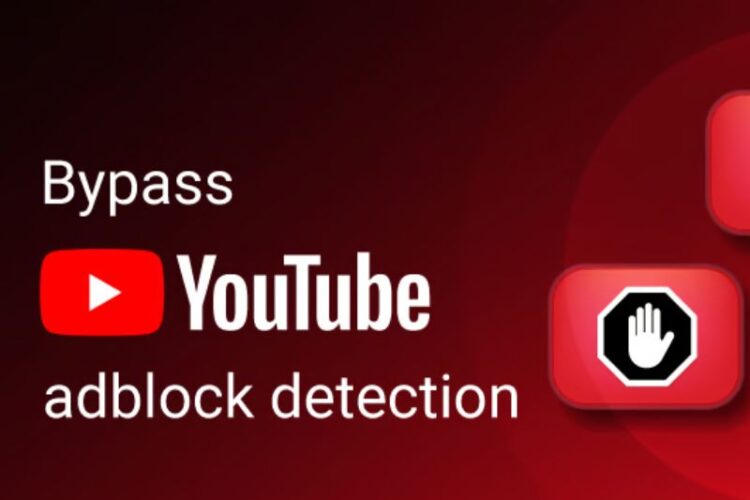
Podcasts have exploded in popularity over the past decade, with millions of shows and episodes available on various platforms. Behind the scenes, effective metadata management is crucial for ensuring your podcast reaches the right audience. In this article, we’ll delve into what local metadata is, why it matters, and how to edit it for maximum impact.
Understanding Local Metadata
What is Metadata?
Metadata is essentially data about data. For podcasts, this means the information that describes your audio files. It includes elements like the podcast title, episode title, author, description, genre, and cover art. This information is crucial because it helps platforms categorize and present your podcast correctly, affecting discoverability and listener engagement.
Local vs. Global Metadata
While global metadata refers to information that is associated with the entire podcast series (like the podcast title and genre), local metadata pertains to individual episodes. This includes specific episode titles, descriptions, and any additional information that distinguishes one episode from another.
Importance of Metadata
Effective metadata can enhance your podcast’s visibility in search results, improve SEO, and help listeners find relevant content. Well-structured metadata can also provide potential sponsors with insights into your audience and help them decide whether to collaborate with you.
Key Components of Podcast Metadata
- Title: The title of your podcast and each episode should be catchy yet descriptive. This is your first chance to grab potential listeners’ attention.
- Description: Each episode should have a concise yet informative description. It should give listeners an idea of what to expect and entice them to listen.
- Cover Art: Your podcast’s artwork should be eye-catching and represent the theme of your content. It should meet the technical specifications for the platforms you’re using.
- Tags and Categories: Using appropriate tags and categories can enhance discoverability. Think about the keywords your target audience might use to find content like yours.
- Episode Number and Season: Clearly labeling episodes with numbers and indicating the season can help listeners track your series easily.
- Author/Host Information: Including information about the hosts or creators can build credibility and create a connection with your audience.
- Release Date: Having the release date helps in organizing episodes chronologically and can also signal freshness to listeners.
Editing Local Metadata: Step-by-Step Guide
Step 1: Choose Your Software
First, you need a tool to edit your podcast’s local metadata. Popular options include:
- Audacity: Free audio editing software that also allows you to edit metadata.
- GarageBand: Great for Mac users, offering a user-friendly interface.
- Adobe Audition: A professional-grade audio editing software with robust metadata options.
- Podcast Hosting Platforms: Many platforms like Libsyn, Podbean, and Anchor offer built-in tools for managing metadata.
Step 2: Locate Your Audio Files
Once you’ve chosen your software, locate the audio files you want to edit. Make sure to back them up before making changes, just in case something goes wrong.
Step 3: Open the Metadata Editor
In your chosen software:
- Audacity: Open your audio file, then go to
File>Edit Metadata. - GarageBand: Select the audio track and look for the “Track Info” section.
- Adobe Audition: Open the file, then go to
File>File Metadata.
Step 4: Update Episode Title and Description
Edit the title to make it catchy and relevant. Your description should summarize the episode while including relevant keywords. Consider incorporating:
- What the episode is about
- Key topics discussed
- Guest appearances
- Any relevant links or resources
Step 5: Add Tags and Categories
Include relevant tags and categories to help with discoverability. Think about what terms potential listeners might use when searching for content similar to yours. This can include genre tags (like “comedy,” “true crime,” “business”) or specific themes relevant to the episode.
Step 6: Include Artwork
Ensure your episode artwork is appropriately sized (usually 1400×1400 pixels for most platforms) and represents the episode’s content or the overall theme of your podcast. This can be especially important for standalone episodes or special features.
Step 7: Author/Host Information
Add the names of the hosts or contributors involved in the episode. This not only provides credit but also allows listeners to connect with the creators. If you have multiple hosts, consider creating a brief bio for each.
Step 8: Release Date
Make sure to include the correct release date. This helps with chronological organization and informs listeners about the freshness of your content.
Step 9: Save Changes
Once you’ve made all your edits, save the file. Depending on your software, you may need to export the file again to ensure the metadata is embedded correctly.
Best Practices for Metadata Management
- Consistency is Key: Ensure that your metadata is consistent across all platforms. This builds a recognizable brand and avoids confusion among listeners.
- Be Descriptive but Concise: Aim for clarity in your titles and descriptions. Avoid overly technical jargon unless it’s relevant to your audience.
- Update Regularly: As your podcast evolves, so should your metadata. Regularly review and update your descriptions, tags, and any other information to reflect current themes or topics.
- Monitor Performance: Use analytics from your podcast hosting platform to see which episodes perform well. This can inform your future metadata decisions.
- SEO Optimization: Incorporate relevant keywords naturally into your titles and descriptions. This can help improve your podcast’s visibility on search engines.
- Seek Feedback: Don’t hesitate to ask your listeners for feedback on your metadata. They may offer insights that can help you improve discoverability.
Common Mistakes to Avoid
- Neglecting Metadata: Skipping metadata altogether can severely limit your podcast’s reach. Take the time to edit and optimize it.
- Overloading with Keywords: While keywords are essential, overstuffing your descriptions can turn off potential listeners. Keep it natural.
- Ignoring Artwork: Don’t overlook the power of good design. Poor-quality or irrelevant artwork can lead to missed opportunities.
- Inconsistency Across Platforms: Ensure that your metadata remains uniform across different podcast platforms for brand recognition.
Conclusion
Editing local metadata for your podcast may seem like a small detail, but it has a significant impact on discoverability and audience engagement. By carefully crafting and updating your metadata, you can improve your podcast’s visibility, attract new listeners, and ultimately grow your brand. With the right tools and strategies, you can turn your podcast into a successful endeavor that resonates with audiences worldwide. Remember, the details matter—so take the time to get them right!




